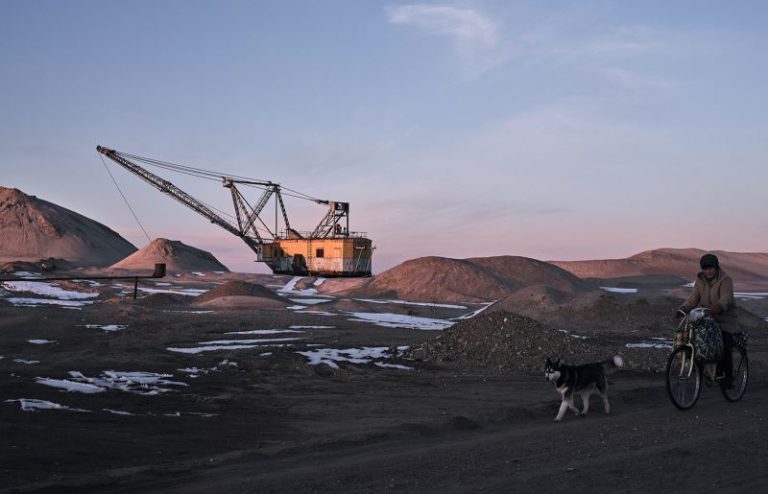U.K. Prime Minister Keir Starmer is staring down a geopolitical tightrope ahead of his meeting with President Donald Trump on Thursday as he looks to stay strong on support for Ukraine, as well as maintaining relations with the U.S. — London’s chief ally.
But the tense international atmosphere is not the only hurdle Starmer is facing following his waning approval ratings at home.
The U.K. saw a massive political shake-up in July 2024 after voters ended the Conservative Party’s 14-year reign and voted in the Labour Party under Starmer. But in the months following his election, Starmer’s approval ratings reportedly took a historic dip.
Controversial topics like axing a winter fuel repayment program, policy reversals relating to political donations, and partisan uproar over issues like immigration, knife crime and a deal that could hand over the Chagos Islands to Mauritius along with more than $11 billion, have reportedly contributed to Starmer’s tanking support.
Colin Brazier, an award-winning retired English journalist and veteran observer of the U.K.’s culture wars, told Fox News Digital that with some eight months in power, there’s a reason why Starmer’s approval ratings have ‘fallen faster than almost any previous incumbent.’
‘Why?’ he asked. ‘New taxes on everything from schools to farms and a sense that Britain is ‘undeveloping’ before our very eyes. Immigration on a scale never before seen is testing the Welfare State, transport network, housing stock and National Health Service to destruction. Starmer’s Labour Party detests MAGA at a cellular level. But their beleaguered leader needs to show statesmanship, and a picture with the president does that.’
But one foreign policy expert believes that the Starmer-Trump meeting could be an opportunity for the prime minister to gain some points at home while also soothing diplomatic ties.
‘I think what he’s obviously been doing is trying to take the edge off some of President Trump’s sort of more surprising statements… then trying to put Britain in the best positive light when it comes to the president’s considerations,’ Alan Mendoza, Executive Director of the Henry Jackson Society, a non-partisan U.K.-based think tank told Fox News Digital.
‘The polling tells you that President Trump is very unpopular in Britain,’ Mendoza said. ‘But that doesn’t mean that the British government is going to listen to those opinion polls. The British government has to govern.
‘British people may have a certain view of President Trump, but the British government, the British political class, may well have a very different view of what he’s trying to achieve and where they should be positioning themselves,’ he added.
Despite Starmer’s waning ratings and low favorability of Trump among Brits, Mendoza doesn’t think these factors will shape how Starmer approaches his meeting with Trump on Thursday.
Instead, Mendoza pointed to the successful meeting between Trump and French President Emmanuel Macron, as an indicator of how Starmer’s discussions could go.
‘I think there would be a path to great popularity if he’s able to shape President Trump’s thinking on certain subjects,’ Mendoza said.
Starmer’s ability to make inroads with Trump could have immediate implications as issues that directly impact Brits’ pockets are expected to be top agenda items — including the looming U.S. tariffs on U.K. steel.
The British embassy confirmed to Fox News Digital that while topics involving U.S.-U.K. defense alliances and support for Ukraine are expected to be addressed, topics involving shared economic and trade-based partnerships will also be prioritized.
Trump’s threat to slap 25% tariffs on U.K. and EU imports is a topic Britain hopes it is uniquely positioned to address given its ‘very specialized’ trading position on steel and aluminum, U.K. secretary for business and trade, Jonathan Reynolds, told the BBC this month.
A British embassy spokesperson said Starmer will look to highlight the economic ‘synergies’ shared between the U.K. and U.S. when it comes to tech, AI, trade and investments.
‘That’s going to be a big priority,’ spokesman Ed Roman said.










